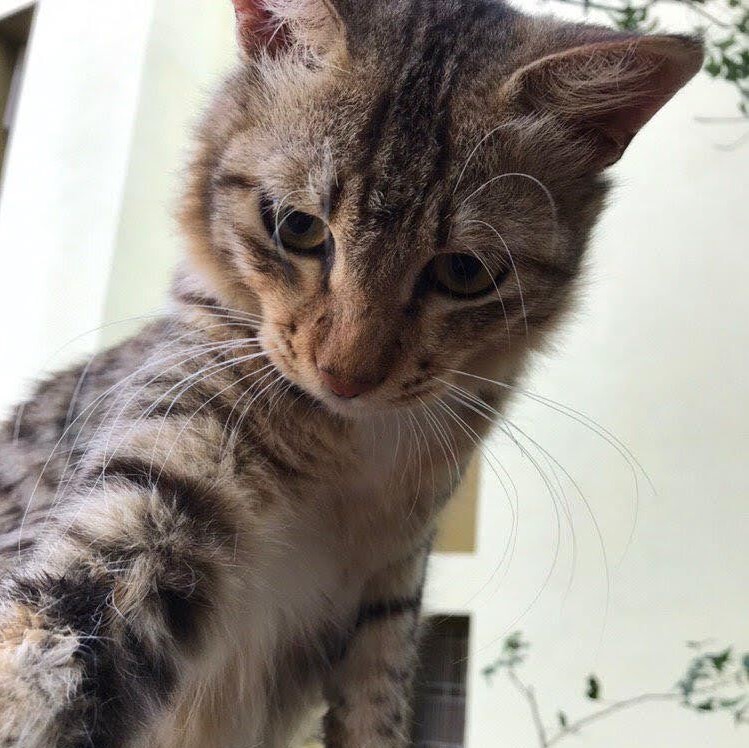Edited by Calvin
COVID cases are increasing at alarming rates all over the country, and the situation in insti is no different from this. Students who have tested positive and their primary contacts are being isolated. The primary contacts are quarantined and tested, and once they test negative they are let out of their isolation. But what happens to those who test positive? How are they isolated and treated? And what next before they return to their hostels?
First Steps
Until recently, students testing positive were first isolated in the Taramani Guest House (TGH)/hostel guest room immediately. From there, they were sent to a screening centre where their vitals – oxygen levels, X-ray to examine the extent of lung infection and general blood test to check the WBC and platelet count – are checked. People with severe symptoms are sent to the hospital. People with mild symptoms were sent to government quarantine centres, known as COVID Care Centres or CCCs. The main aim of this was to ensure that students had access to facilities if things got worse. Now, these students are directly sent to and quarantined in Ganga hostel.
The COVID Care Centres
There are primarily four centres that the students were being sent to, namely the Madras medical college hospital, Injambakkam centre, King’s Institute in Omandurar, and the one in Nandambakkam Chennai Trade Centre. The centre in Injambakkam has a shared dormitory of 20 people, where boys and girls were quarantined separately. It has only four washrooms which meant that they had to be shared by all. The rooms were cleaned well and had a hot water supply. The Chennai Trade Centre, on the other hand, had 2 halls with 400 beds each (not all occupied however). “It was a common ward with no segregation for men and women so it felt a little uncomfortable”, said one of the students who was there for 4 days. There was only one common washroom per hall which was to be shared by all, and no separate shower stalls. The washrooms, however, were well maintained and sanitised. The Madras Medical College centre had 20 members in each room with cubicles for each.
The centre at Injambakkam
The centre at Madras medical college hospital. (Picture credits: Dhanveerraj)
The centre at Nandambakkam
The original plan was to keep students in CCCs for five days and, after checking their vitals, shift them to insti, where they would be quarantined for another 7 days before taking a test and returning to their hostels. However, with more students testing positive, the administration made arrangements to isolate COVID positive students in Ganga and brought back those in CCCs right away.
Routine, Treatment and Food at CCCs
The centre itself was fairly OK – students were given standard tablets which included paracetamol, vitamin supplements and antibiotics. Doctors came regularly during the day to check the oxygen levels and symptoms. Additionally, nurses were present there all the time. The chief doctor not being available at all times was a slight drawback, in which case students had to rely on their known family doctors for advice. In terms of checkups and tests, students had no complaints.
Food was provided thrice a day in properly packed containers, with varied time intervals every day. Breakfast was pongal and idli. Lunch included rice, sambhar and a bunch of other vegetables. Dinner was almost always either upma or dosa. Apart from these, they were given an egg and plant protein everyday to add to the nutrition value of their diets. The food provided was healthy, keeping in mind the health of the patients. “The food turned out to be slightly better than i had expected”, said one of the students, who was at the centre for three days. “The quality of food was really good”, said another.
Routine, Treatment and Food at Ganga
Isolating in Ganga is the same in terms of the mandatory quarantine students face on their arrival; except the institute, with the help of Kauvery hospital, provides medical assistance for the students, similar to that of the government facilities. Their vitals – blood pressure, temperature and oxygen saturation level – are checked in the morning, afternoon and night. Regular packaged mess food is supplied at 8 am, 12 pm and 7 pm, but instead of being delivered in rooms, students line up outside the hostel office to collect their meals.
However, since the available staff are not trained to maintain a COVID-ridden hostel, students find cleaning and sanitation to be irregular. Moreover, since the setting up of an isolation hostel was last-minute, a few basic amenities, such as mattresses, buckets, LAN cables, were not available after an exhausting process of already sick students shifting to the hostel. Regardless, the warden and the staff have been working round the clock to be of service and the processes are becoming more efficient by the day.
Administration’s Involvement
Once students were sent to CCCs, there was very little insti could do to help since the students were directly under the care of GCC. However, before being sent, students weren’t given much information about the duration or procedure for home quarantine and the availability of beds at a particular centre. Being moved to CCCs also contributed to most students feeling turned away by the administration. These two issues also made several students hesitant to self-report symptoms.
Recovering in CCCs can be emotionally exhausting because the idea of coexisting in a room with strangers can be scary. Being isolated in Ganga, in comparison, offers more comfort with separate rooms and privacy in recovery. The institute, however, has no choice but to send cases with severe symptoms to government facilities for recovery. Yet, an upside is that, with most students having had two doses of vaccination, the healing process is fairly quick.




